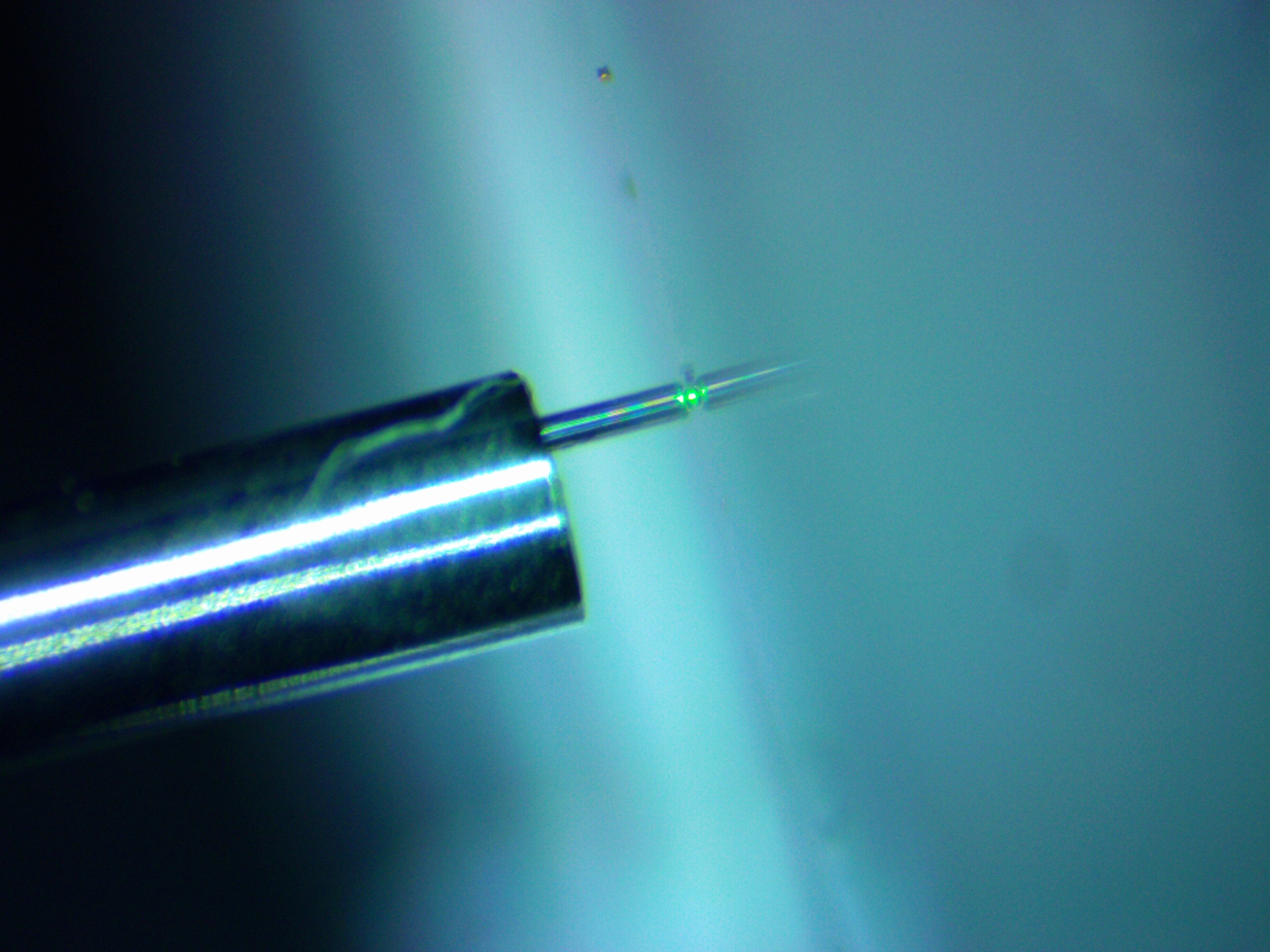Fiber Resonator
Overview
The goal of the experiment is the optical coupling of a color defect in different materials to a fiber-based optical resonator. Here, the extraction efficiency of coherent photons for quantum optical applications (e.g. communication, metrology, information processing) shall be improved compared to platforms without resonator. The physical basis for this is the so-called Purcell effect, which predicts an increased emission rate of a source within a resonator. A schematic representation of a diamond membrane in a half-symmetric resonator consisting of two highly reflective mirrors is shown on the right.
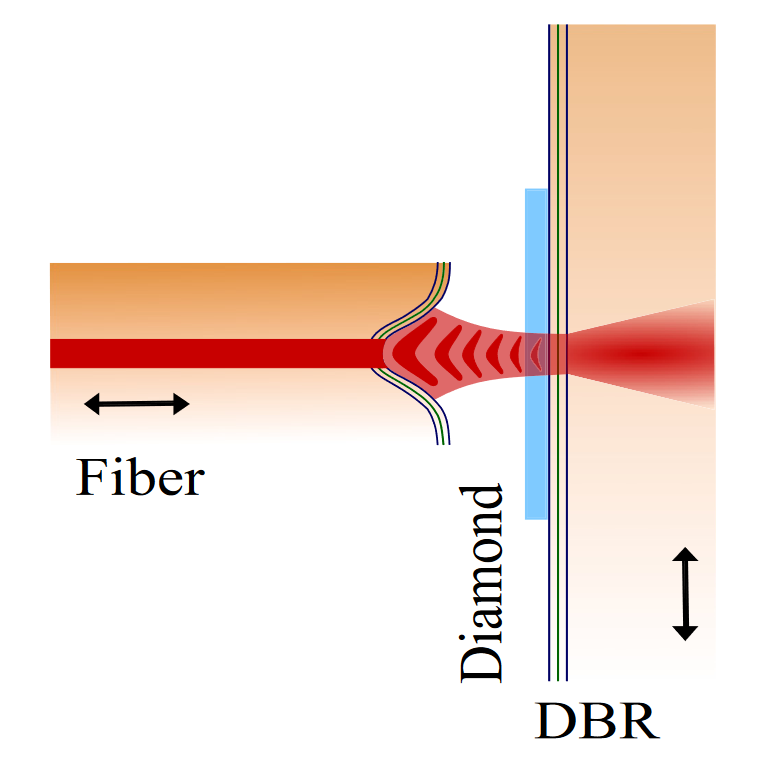
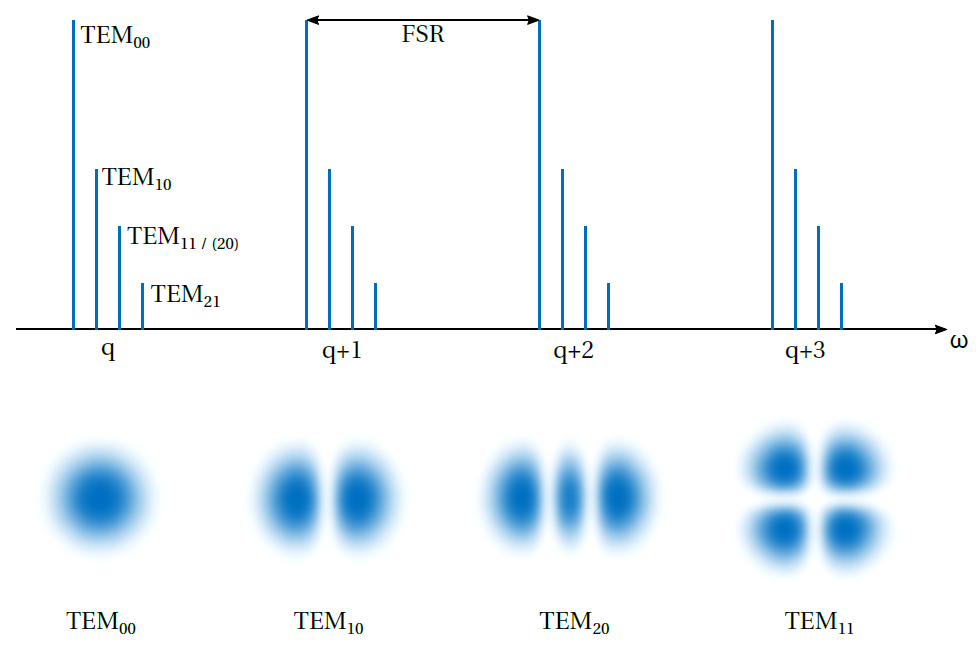
Fabry Perot Resonators
The half-symmetric resonators consist of two highly reflective mirrors (DBR) with one flat and one curved side. One of these mirrors is located on the tip of an optical fiber into which a concave structure has been introduced by means of a CO2 laser (before application of the mirror coating). For the transmission of such a resonator characteristic Gaussian modes (TEM), as sketched on the left can be observed.
For correspondingly high reflectivities, the distance between the two mirrors must be stabilized to a length scale below an atomic diameter, while the system must remain adjustable. This places enormous demands on the optomechanics and active stabilization of the system.
Integration of Color Centers
Various color defects show promising properties for later application in quantum technologies. Examples are color centers in diamond (e.g. silicon or nitrogen defects) or defects in 2D materials like hexagonal boron nitride (hBN).
These can be created in microscopic membranes or particles and then analyzed in one of our confocal microscopes. The sample can then be transferred to the resonator using a variety of techniques.
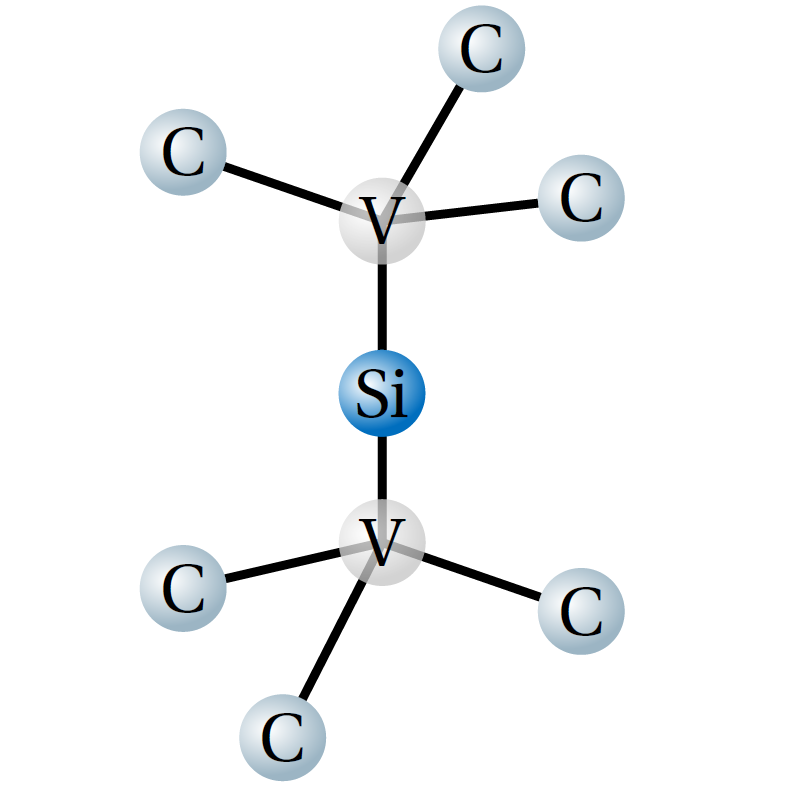
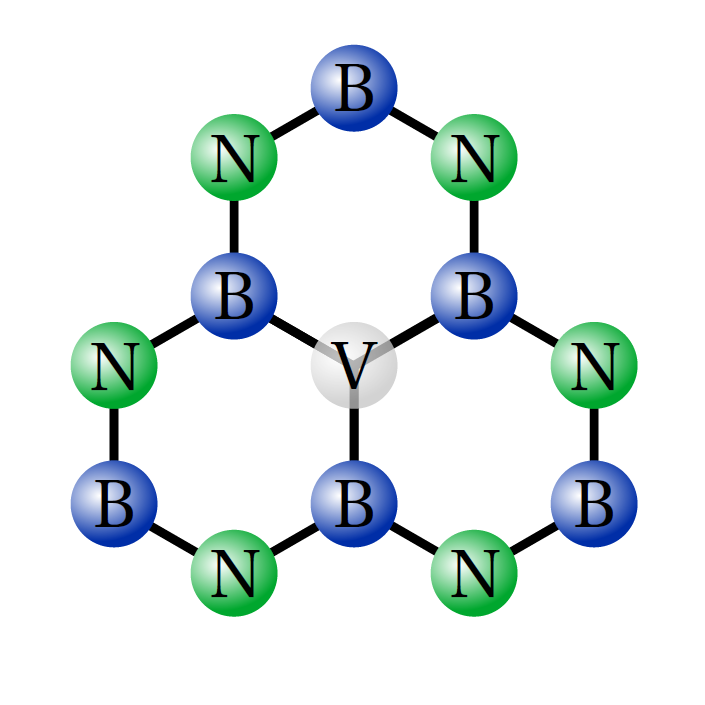
Tasks on the Experiment
- Optical alignment and handling of highly sensitive microscopic resonators
- Design and improvement of optomechanics for highest stability with high tunability
- Implementation and analysis of color defects in optical resonators
- Upgrades for access to magnetic fields, microwaves and cryogenic environments
- Programming of software for control and analysis of the system
Open Positions
We are currently looking for PhD students to join our international team to set up and improve cavity experiments to study color centers in different materials for quantum communication. We are also looking for bachelor and master students to support us in this work. If you are interested or have any questions, please contact Professor Kubanek.
Publications
- S. Häußler, G. Bayer, R. Waltrich, N. Mendelson, C. Li, D. Hunger, I. Aharonovich, and A. Kubanek. Tunable Fiber-Cavity Enhanced Photon Emission from Defect Centers in hBN. Advanced Optical Materials 2002218 (2021)
- S. Häußler, J. Benedikter, K. Bray, B. Regan, A. Dietrich, J. Twamley, I. Aharonovich, D. Hunger, and A. Kubanek. Diamond photonics platform based on silicon vacancy centers in a single-crystal diamond membrane and a fiber cavity. Physical Review B 99, 165310 (2019)

